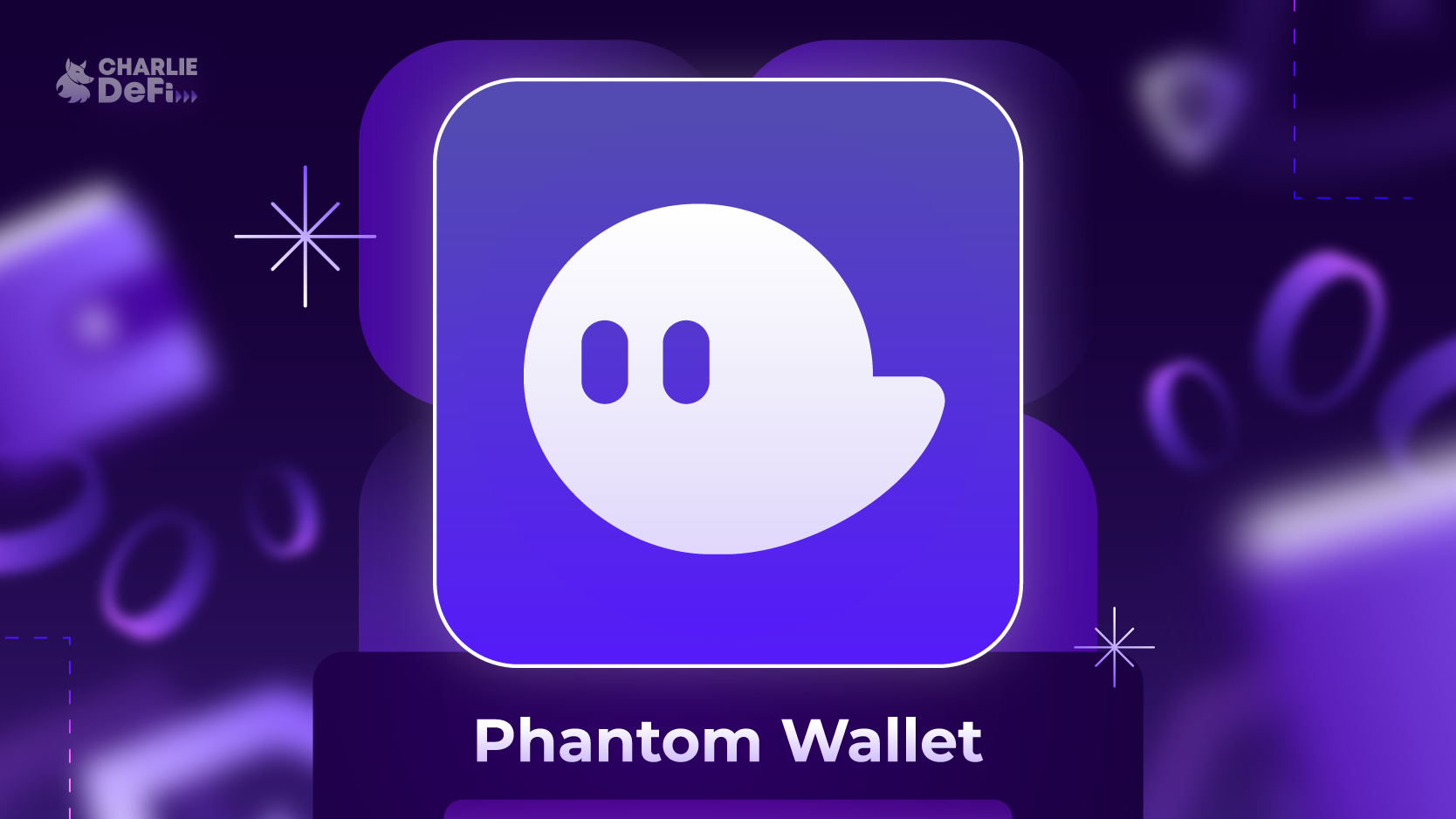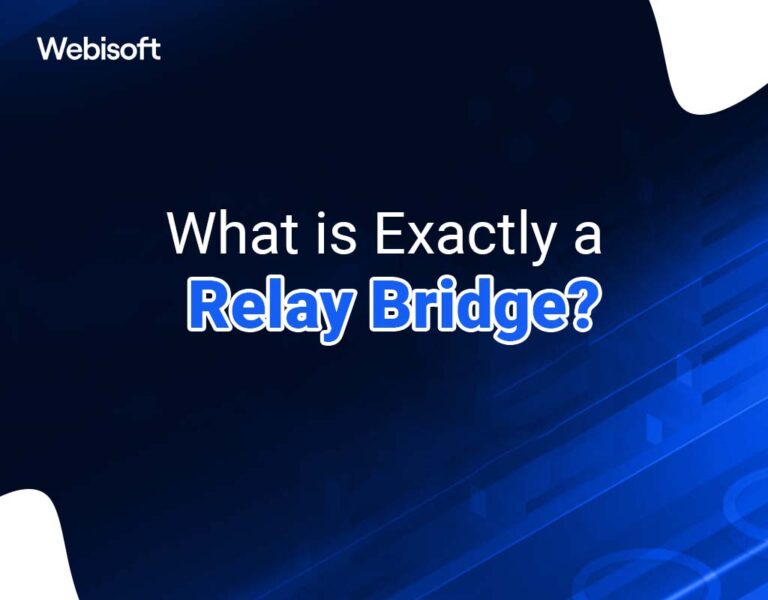So, I was messing around with NFTs the other day and stumbled upon something pretty wild. Seriously, the speed and low fees on Solana blew my mind compared to Ethereum’s usual sluggishness. Wow! It’s like stepping from a traffic jam onto an empty highway. But here’s the thing: diving into this space without the right tools can get messy fast.
At first, I thought any wallet would do for handling Solana NFTs. I mean, it’s just crypto, right? But as I dug deeper, it became clear that the wallet you pick shapes your entire experience. Phantom wallet, for example, is not just some basic interface—it’s tailored for Solana’s ecosystem and makes managing NFTs surprisingly straightforward.
Initially, I was skeptical about how user-friendly Solana wallets really are. Most crypto wallets feel clunky or complicated, especially if you’re new. However, Phantom’s design struck me as intuitive without sacrificing power. Actually, wait—let me rephrase that: it balances simplicity for newbies with enough advanced features for pros, which is pretty rare.
One quick tip before we go further: if you want to jump into this, you should grab the phantom wallet download. It’s the easiest way to start fiddling with Solana NFTs without getting overwhelmed.
Honestly, the whole NFT thing on Solana feels like the Wild West but with a lot more horsepower under the hood.
Okay, so check this out—
Why Solana? Speed, Cost, and Ecosystem
Most folks know Ethereum as the NFT heavyweight champ, but its network congestion and sky-high gas fees have been a real pain point. On the other hand, Solana operates at a different level. Transactions settle in seconds, and fees are ridiculously low—sometimes just a fraction of a cent. Really? Yep.
This means minting, buying, or selling NFTs on Solana doesn’t burn a hole in your pocket. Plus, the network’s growing like crazy, with marketplaces and creators flocking over. On one hand, this rapid growth makes the ecosystem vibrant and full of opportunity. Though actually, it also means you gotta be careful about scams and fakes since things evolve so quickly.
My instinct said: if you want in on the NFT buzz without paying Ethereum’s “luxury tax,” Solana is the place to be. But I’ll admit, navigating it without a solid wallet felt daunting at first.
Phantom wallet isn’t just a random choice here—it’s practically the gateway to Solana’s NFT world. Not only does it handle tokens and NFTs seamlessly, but it also integrates with popular Solana marketplaces, making your transactions smooth and less error-prone.
Here’s what bugs me about some wallets: they try to be everything to everyone and end up confusing users. Phantom, in contrast, stays focused on Solana’s strengths, which makes a difference.
By the way, Phantom’s browser extension feels just like your typical crypto wallet but with a slicker interface and faster performance. If you’re familiar with MetaMask on Ethereum but frustrated by its speed, Phantom will feel like a breath of fresh air.
So—
Using Phantom Wallet for NFTs: A Personal Take
I remember the first time I minted an NFT on Solana using Phantom. It was surprisingly straightforward. You connect the wallet, hit mint on a platform like Magic Eden, and boom—your NFT appears in your wallet instantly. No long waits, no $50 gas fees.
Something felt off about the whole process at first—the ease made me double-check if I was missing anything. Nope, that was it. The UX is polished, and the wallet manages your assets smartly, showing NFTs with their images and metadata clearly.
Phantom also supports hardware wallets for those who want extra security, which is a big plus. Not everyone will use this feature, but it’s nice to know it’s there.
One thing I stumbled upon was that some NFTs didn’t show up right away in the wallet’s interface. Turns out, you sometimes need to refresh or resync, which is a minor hiccup but can freak out newcomers. Patience is key here.
Oh, and by the way, if you’re worried about backing up your wallet—Phantom’s seed phrase system is clear and well-explained, unlike some other wallets that make you feel like you’re defusing a bomb.
Honestly, having that peace of mind is very very important in crypto. Losing access sucks, and Phantom does a good job balancing user responsibility with helpful reminders.
That said, no wallet is perfect. I wish Phantom had better support for batch transactions because sometimes moving multiple NFTs or tokens can be a chore. But I guess that’s a trade-off for keeping the UI clean and simple.
Still, the overall experience made me realize how much better the Solana NFT environment feels when you have the right wallet backing you up.

Getting Started: Where to Find Phantom Wallet
If you’re ready to give this a spin, the best place for a legit phantom wallet download is directly from their official source. I can’t stress enough how important it is to avoid shady sites—crypto scams are everywhere.
Once installed, spend some time familiarizing yourself with the interface before jumping into big transactions. Trust me, it’s way better to make a couple of small test moves to get your head around the process.
One last heads-up: always keep your seed phrase offline and never share it. This advice is cliché, but a lot of people still slip up.
Anyway, if you’re into NFTs and want to explore Solana’s fast, low-cost network, Phantom is probably your best bet to start smoothly and securely.
In the end, I’m still curious where Solana’s NFT scene will head next—there’s so much innovation happening, and wallets like Phantom are right at the core of that evolution. If you’re thinking about jumping in, don’t just read about it—try the wallet yourself and see how the pieces fit together.
It’s a bit like discovering a hidden trail in your neighborhood you never knew existed—exciting, a little mysterious, and definitely worth the detour.
